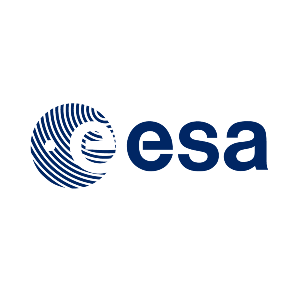
Non-photosynthetic vegetation (NPV) has been identified as a priority variable for several application pillars of upcoming space-borne imaging spectroscopy missions including Copernicus Hyperspectral Imaging Mission for the Environment - CHIME. NPV refers to those plant elements where photosynthesis is not or is no longer performed, e.g. standing dead or senescent vegetation, plant litter or crop residue. Mapping and quantification of NPV are important activities from several aspects, e.g. ecosystem dynamics (C and N cycling, fire risk); agricultural management (crop residue, soil erosion prevention, tillage practice detection, N cycling). The advances of hyperspectral remote sensing for NPV mapping have been already recognised. In particular, the shortwave infrared (SWIR, 1300-2500 nm) spectral range and narrow FWHM were identified as necessary for NPV mapping.
The scientific evidence had come from different platforms, e.g., ground (proximal sensing), airborne or more recently UAVs. However, the application of these approaches using space-borne imaging spectroscopy sensors (e.g., PRecursore IperSpettrale della Missione Applicativa, PRISMA) is still in its infancy. This is mainly due to the observational limitations of past and current space-borne imaging spectroscopy sensors that cover SWIR spectral range. Common approaches, such as spectral mixture analysis or empirical regressions using narrow bands hyperspectral indices, prevail to estimate the fractional cover of NPV or discrimination of NPV and bare soils. However, the exact area-based quantification of NPV biomass (in g/m2) remains a great challenge. Only few studies have addressed this issue under specific conditions (mainly dry rangelands), limiting the transferability of the approaches to other regions with different agricultural conditions. The main problem is the low availability of NPV in situ data due to difficult approximation of NPV characteristics by field methods. However, with new high-priority Copernicus satellite mission CHIME prospects, there is a great need to develop approaches and retrieval methods, which can be operationally used. Here, the involvement of leaf and canopy radiative transfer models (RTM) with different strategies for better representation of NPV is a necessary prerequisite. In this regard, we will implement and further explore “hybrid” approaches that combine RTM and machine learning (ML) regression approaches for efficient retrieval of essential vegetation properties.
Though these approaches have been successfully tested for the retrieval of key biophysical and biochemical vegetation traits, such as LAI, chlorophyll content (LCC) or nitrogen content (N), they have not yet been used to quantify NPV biomass. Nowadays, more observational capacities are expected based on near-term sensors, such as PRISMA and the Environmental mapping and analysis program (EnMAP). These scientific precursor and technology demonstrator missions can be used to simulate CHIME like products, and thus to pave the road for extensive exploration of its prospects to quantify and map NPV at farm and regional scales.
- Fachgebiet
- Fernerkundung, Geländekampagne, Geländemessungen, Pflanzenphysiologie, Spektroskopie
- Laufzeit
- 01/2022 - 12/2023
- Gefördert durch
- Europäische Weltraumagentur (ESA)
- Förderkennzeichen
- 4000137212 /22/NL/SC
- Projektleitung
- Prof. Dr. Tobias Benedikt Hank
- Projektwissenschaftler
- M.Sc. Stefanie Steinhauser
